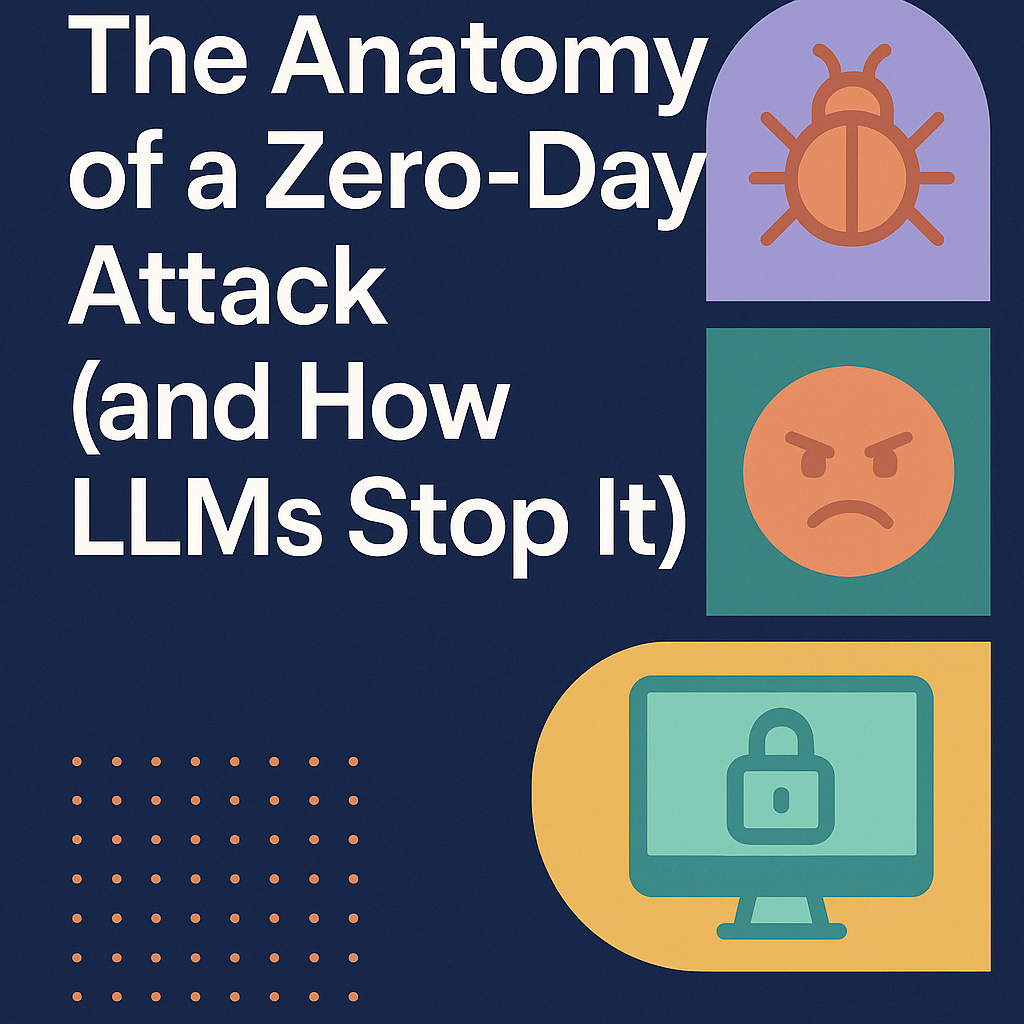
The Anatomy of a Zero-Day Attack (and How LLMs Stop It)

Zero-day phishing attacks are the new frontier of cyber threats: highly targeted scams that exploit unknown vulnerabilities in human trust and digital defenses. Unlike traditional phishing, which relies on known spam signatures or generic lure templates, a zero-day phish is built from scratch. It uses freshly registered domains, AI-crafted content, and unique social-engineering tricks that legacy filters have never seen. These novel campaigns bypass blocklists and signature-based scanners, leaving conventional email gateways, URL filters, and antivirus tools blind to the danger. A zero-day phishing attack can arrive fully-formed, convincing, and weaponized before any defender even knows it exists.
Defending against these threats requires a fundamentally different approach. Enter LLM-native cybersecurity: an AI-driven architecture that understands human language and context in real time. By analyzing the intent and nuances of every message, an LLM-powered system can spot the subtle clues of a zero-day phish – the urgent tone, the out-of-character request, the spoofed brand detail – immediately as the attack unfolds. This page explores the rise of zero-day phishing, walks through a typical campaign's lifecycle, highlights why legacy systems fail, and shows how StrongestLayer's LLM-based solution uses pre-attack detection, LLM phishing protection, and real-time analytics to stop these attacks before damage occurs.
Understanding Zero-Day Phishing Attacks
A zero-day phishing attack is a cyber scam crafted using completely new techniques that security systems have no prior knowledge of. In software terms, "zero-day" means exploiting a vulnerability on the day it is discovered – but in phishing it refers to wholly fresh social-engineering lures or infrastructure that have never been seen.
These attacks exploit gaps in traditional defenses; they carry no historical signature or payload to match, and they use creative tactics that were not on any blacklist. For example, a scam might use a domain registered moments ago or a deepfake image of a company logo – neither of which legacy tools would recognize as malicious. Because zero-day phishing lacks any identifiable fingerprint, signature-based filters and pattern-based rules simply cannot detect it.
Zero-day phishes are especially dangerous for enterprises because they strike at the heart of trust. A brilliantly crafted email may appear to come from a trusted CEO or vendor, containing perfectly composed language and context-aware details. These AI-generated or highly personalized messages bypass keyword filters and blend in with normal traffic. By the time defenses catch on, the scam has already hit its target.
In many cases, zero-day phishing is the prelude to even bigger incidents – credential theft, ransomware, or Business Email Compromise (BEC). Phishing often serves as the "initial breach" that sets the stage for escalations like data breaches or funds siphoning.
Zero-day phishing exploits novelty as its weapon. It presents an illusion of legitimacy by using brand-new infrastructure and AI-crafted social engineering. Unlike a run-of-the-mill spam, there's no malicious attachment or known malicious link to scan. Instead, attackers rely on psychological triggers and impeccable timing.
The end result is a qualitative leap in phishing sophistication: every detail – from the sender address to the email's phrasing – is fine-tuned to bypass old-school defenses. Defenders must therefore shift from reactive pattern-matching to a proactive, intelligence-driven stance that can understand intent and context rather than just looking for known clues.
Anatomy of a Zero-Day Phishing Campaign
A modern zero-day phishing campaign unfolds in distinct stages, each leveraging intelligence and AI to stay one step ahead of defenses. Below is a step-by-step breakdown of how such an attack typically progresses:
Target Reconnaissance
Before sending any email, attackers gather intelligence on their victims. Using AI tools, they scour public data – corporate websites, LinkedIn profiles, social media, even exposed company documents – to create a "data dossier" on each recipient. For example, an attacker might use a language model to read through LinkedIn and news articles, learning who's on vacation or who's leading a project. This AI-driven profiling builds context that will make the phishing message very convincing.
Crafting the Phishing Message
Next, attackers employ large language models to write the phishing email itself. By prompting an LLM with details (e.g. "Write an urgent payment request from the CFO to employee X, using a formal yet urgent tone"), they generate a polished, context-aware message. The AI can insert personal touches like name mentions, recent meeting references, or company lingo. The result is an email that looks and reads exactly like a legitimate corporate message – often flawless in grammar and customized for each victim.
For example, AI might draft an email saying, "As discussed yesterday, please review the attached invoice for Project Delta," mimicking an ongoing conversation.
Content Polishing and Polymorphism
Once the initial draft is ready, the attacker can instruct the AI to refine it further. The language model may replace obvious red flags (like the word "URGENT" in subject lines) with subtler cues ("prompt attention needed") to evade keyword filters. The attacker can also produce slight variations of the message to create thousands of unique variants – a tactic called polymorphic phishing.
By tweaking phrases, subject lines, and sender aliases in each copy, they ensure that no two emails look identical. This polymorphism makes it virtually impossible for pattern-based filters to catch the campaign, since there is no one signature to block.
Preparing Malicious Infrastructure
In parallel, the attackers generate or register their malicious assets. AI tools can spin up convincing fake login pages or documents in seconds. For example, a single command to an LLM could create a phishing site that looks just like the company's password-reset page, complete with logos and realistic form fields. Email links are similarly engineered: each link points to a freshly generated URL that isn't on any blacklist, often using lookalike domains (e.g. "0ogle.com" instead of "google.com") or new domains that a traditional filter would deem safe. These new domains are used only once, further bypassing blocklists.
Delivery and Execution
With the email written and the malicious assets ready, the attacker launches the campaign. The emails are sent out—often in large volume but looking subtly different—to the targeted employees. Because the writing style and context were carefully crafted, many recipients click through without suspicion.
For instance, an intern might receive a message "from the CEO" that, on the surface, looks entirely plausible (no spelling errors, correct names, etc.). Upon clicking a link, the victim is taken to a cloned site and asked for credentials; or they are enticed to open an attachment that (silently) installs malware. In most cases, the phishing email itself contains no outright virus for scanners to detect – it simply lures the user into handing over access or launching an attack.
This sequence shows why zero-day phishing can evade old defenses at every turn. The messages arrive first with no prior signature and no long-used malicious site to block. They are linguistically clean and contextually accurate. By the time a single victim's click triggers an alert (if ever), the attackers may have already begun the next stage of the attack chain (data exfiltration, lateral movement, etc.). The attacker's entire process is optimized to outpace manual defenses – from using AI to generate the content to rapidly deploying new infrastructure – making detection and response extremely difficult.
Why Legacy Security Tools Fail Against Novel Threats
Traditional email, web, and endpoint security solutions simply were not built for this level of cunning. Decades-old tools rely on static rules and known patterns, which leave gaping holes when facing AI-powered, zero-day phish. Key limitations include:
Signature- and Rule-Based Email Gateways
Secure Email Gateways (SEGs) and spam filters operate on keyword lists, reputation scores, and signatures of known bad content. They excel at catching well-known malware or high-volume spam, but they crumble under sophisticated, novel attacks. An AI-generated email with no malware payload and no suspicious keywords will sail right through. For example, a perfectly worded request from "the CEO" carrying a brand-new link has no existing spam signature or malware hash, so the gateway sees no reason to block it.
Static URL and Browser Filters
Many enterprises rely on browser safety nets like blacklisted URL databases or sandboxing to block malicious sites. However, zero-day phishing undermines these, too. Phishing sites are often brand new or on compromised domains, so they aren't on any blacklist. An extension that checks only against known bad links will not flag a freshly minted URL or a subtle lookalike domain. Likewise, traditional sandbox analysis catches malicious executables, but simple HTML login pages can bypass it. Legacy web filters cannot instantly recognize newly-registered domains or AI-crafted phishing pages, meaning zero-hour scams slip through undetected.
Endpoint Anti-Malware
Endpoint security (antivirus, EDR) is designed to catch malicious code or behavior on an endpoint, but it doesn't inspect the content of an incoming email. A zero-day phishing email may deliver a benign document (e.g. a PDF asking you to log in elsewhere) or simply contain links. Without any malicious binary attached, an endpoint scanner will see no conventional threat. By the time any malware downloads, the initial phishing vector has already succeeded. Moreover, signature-based malware scanners are one step behind polymorphic threats, which AI can generate on demand.
Lack of Contextual Awareness
Crucially, legacy tools operate "blind" to context. They do not understand organizational hierarchies, typical communication patterns, or intent. For instance, a filter treats every incoming message in isolation – it doesn't know that a junior staff member never receives financial requests from the CEO. A classic example: an employee gets an email "from the CEO" asking for sensitive data. A legacy filter sees no spammy keywords, no bad attachment, and no suspicious domain, so it lets it through.
The filter has no concept of context – it can't cross-reference with the CEO's calendar or writing style. By contrast, a modern system might notice the CEO is on vacation or that this message's tone doesn't match prior emails from that person, and flag it. Legacy security simply lacks human-like reasoning, creating blind spots where cunning social engineering attacks can hide.
Reactive Updates and Blind Speed
Finally, conventional defenses often learn about new threats the hard way. Rules and signatures are updated after attacks are discovered in the wild, not before. Generative attacks evolve rapidly – often faster than human teams can react. By the time a new phishing tactic is identified, attackers have moved on to the next one. This reactive loop means organizations are always behind the curve. Traditional email and web defenses are fundamentally reactive and slow, whereas zero-day phishing is proactive and instantaneous.
All these gaps mean enterprises can no longer rely solely on older tools. Static defenses crumble against intelligent, adaptive attacks, notes one StrongestLayer analysis. In today's landscape, real-time attack prevention requires understanding language, context, and intent – capabilities beyond pattern matching. StrongestLayer's platform is built precisely to fill these gaps by applying AI at every stage of the threat lifecycle.
LLM-Phishing Protection: Real-Time Attack Prevention
To stop zero-day phishing, we turn to large language models (LLMs) at the core of our defense. An LLM-native architecture imbues the security stack with human-like understanding, allowing real-time attack prevention that static tools simply cannot achieve. Here's how LLM-driven protection works:
- Semantic Intent Analysis: Instead of scanning for blocked words or known bad links, our LLM reads each email as a meaningful message. It interprets why the message was written. For example, the system might see an email requesting a wire transfer and recognize the underlying intent to commit fraud, even if the wording is novel or unusual. This is a fundamentally different approach than keyword matching. The LLM understands context and tone: it knows that genuine requests for invoices rarely use the urgent phrasing found in a CEO-scam email. By evaluating intent, the AI can detect deception even when attackers invent new language or phrases.
- Contextual Reasoning Across the Organization: The LLM-based engine doesn't treat emails in isolation. It reasons about relationships between sender, recipient, and content. For instance, it checks if a request is plausible given the sender's role and history, or whether an attachment destination makes sense. Our AI correlates each email with rich context – employee roles, communication patterns, recent calendars, project activities – to spot anomalies. For example, if an email "from HR" suddenly requests wire transfer details, the AI can flag this context mismatch. This level of contextual awareness dramatically reduces false negatives. Legacy filters would never see such an email as suspicious, but our LLM catches it because it "knows" that HR doesn't handle payroll that way.
- Real-Time Novel Threat Detection: LLMs operate on the fly. Every incoming message is analyzed instantly, with no reliance on outdated signature databases. Because LLMs are pretrained on vast text corpora and continuously fine-tuned on new threat data, they can spot brand-new tactics as they appear. If a novel zero-day phishing email suddenly arrives, the system immediately flags oddities in phrasing, urgency, or context. It doesn't wait days for a new signature; it catches the anomaly in real time. This capability is crucial for real-time attack prevention – stopping a threat the moment it emerges. The AI is both detector and predictor, constantly scanning for "odd" patterns that were never seen before.
- Adaptive Continuous Learning: Because the threat landscape is always evolving, our LLM system continuously learns new attack templates. StrongestLayer feeds simulated and real phishing examples back into the model, so that when a new style of attack is observed, the AI is quickly made aware of its hallmarks (specific phrases, structures, sender behaviors, etc.). This adaptive loop means the protection gets smarter as the attacks do. If a fresh type of scam emerges, our LLM "learns" its cues immediately and applies that knowledge across the network. Traditional tools require manual updates; our platform updates itself in real time as part of normal operation.
- Multi-Modal Analysis: Modern campaigns often mix text, attachments, images, and URLs. Our LLM-native system analyzes all of these elements together. It reads email text, inspects attachment contents, and checks URLs – not with static scanners, but with AI that understands the relationship between them. For example, an email might use completely innocent language but contain an attachment that asks for sensitive credentials. A static filter might let the email pass based on text, then analyze the attachment. Our AI, however, sees the whole picture: the combination of the email's narrative and the attachment's request triggers an alert instantly. This holistic, multi-modal understanding thwarts attacks that rely on burying red flags in attachments or outside links.
- Explainable Alerts and User Guidance: Beyond pure detection, LLM-based systems can explain themselves. When the AI flags a message, it can generate a clear, context-aware alert. For example, our Inbox Advisor can pop up a notification saying, "This email might be suspicious because the sender's domain was registered only 2 days ago and the tone matches known invoice scams." Such plain-language reasoning helps users make safer decisions without overwhelming them with technical jargon. Likewise, our security team dashboards summarize findings in natural language, reducing alert fatigue. The LLM acts like an expert analyst, making the defense more transparent and user-friendly.
LLM-driven phishing protection brings a suite of capabilities impossible for legacy systems. It interprets language semantically, not just through signatures. It adapts instantly to emerging threats. It reasons about context across email, apps, and user behavior. And it provides real-time, intent-based analysis that can neutralize a scam on its first appearance. This is the promise of real-time attack prevention: stopping a zero-day phish at the door by understanding why it's malicious, not just flagging what's known to be bad.
StrongestLayer's Pre-Attack Detection & Threat Research
StrongestLayer's solution takes LLM-native protection a step further with two key modules: Pre-Attack Detection and AI-Assisted Threat Research. These features extend defense beyond the inbox, scanning the ecosystem for threats and empowering security teams with predictive intelligence.
Pre-Attack Detection
This module proactively searches the broader digital environment for signs of incoming campaigns. Using Predictive Threat AI, it continuously monitors factors like brand lookalikes, newly registered domains, leaked credentials, and unusual social-media chatter targeting your company. For example, Pre-Attack Detection might spot a fake website mimicking your organization or detect that compromised credentials are being traded. When it finds suspicious activity, it issues real-time alerts to your team before the first phishing email even lands. It "stops threats before they strike" by identifying zero-day campaigns in the planning stage. Key features include:
- Predictive Threat Analysis: The AI analyzes signals from thousands of sources (dark web forums, social platforms, domain registries) to predict imminent phishing campaigns. It assigns risk scores to potential threats and flags likely attacks ahead of time.
- Zero-Day Protection: By design, Pre-Attack Detection catches new, unknown threats that have no history. It looks for any anomaly or pattern that suggests an attack in progress, rather than relying on static lists.
- Real-Time Alerts: When a threat is identified, defenders are immediately notified with detailed context. For example, a security analyst might get an alert that "multiple lookalike domains targeting your brand have been registered and linked to a scam on social media" – allowing pre-emptive action.
Pre-Attack Detection flips the script: instead of waiting for an email to arrive, it finds the attack planning footprints early. According to our platform, "Pre-Attack Detection uses Predictive Threat AI to identify and block phishing and cyber threats before they escalate – keeping your brand and supply chain safe." This predictive posture dramatically shrinks the window of vulnerability and enables preemptive defense against zero-day campaigns.
AI-Assisted Threat Research
Complementing pre-attack scanning is StrongestLayer's continuous threat intelligence engine. We collect and analyze millions of data points globally – effectively acting like an autonomous team of analysts 24/7. Our agentic AI ingests threat feeds, customer-reported indicators, and dark web chatter to build a live map of emerging scams. As the Intelligence Report shows, StrongestLayer's system has detected millions of phishing domains and attacks that public sources miss. In one recent assessment, our agentic AI identified 6.5 million unique phishing domains (versus only ~37 thousand from typical public feeds). This massive coverage means that as soon as a new phishing tool or tactic appears anywhere, our models learn it instantly.
The outputs of this research feed directly into our defenses. Real-time insights (what we call AI-Assisted Threat Intel) empower security teams to "detect and stop threats before they become breaches." Our platform can inform admins if a particular business unit is being targeted by a fresh phishing wave, or if a new exploit affecting similar organizations is spotted. We integrate this intelligence with automated actions: newly discovered malicious domains can be blocked, campaigns can be staged, and employees can be warned – all without manual intervention.
Together, Pre-Attack Detection and Threat Research ensure that StrongestLayer's LLM phishing protection is not just reactive but anticipatory. We don't just catch the threats in your inbox; we hunt them down across the web. By combining predictive AI, live threat feeds, and continuous learning, StrongestLayer creates an AI-native defense posture. As our reports note, traditional defense paradigms rely on "blocklists and historical patterns," whereas our system is built to counter "those novel threats" that static tools cannot match.
Final Thoughts
Zero-day phishing is the defining challenge of modern email security: cunning, fluid attacks that exploit the very trust and human factors legacy tools overlook. These campaigns strike with AI-honed precision, rendering blocklists and signature scanners largely impotent. The only way forward is an LLM-native approach that sees around corners in real time.
LLM-powered protection understands the semantics of language and the context of communication, turning every message into a potential intelligence source. By analyzing intent and behavior on the fly, StrongestLayer's platform catches novel phishing attempts as they emerge. Our Pre-Attack Detection module adds a layer of predictive defense, sniffing out campaigns before the first email arrives. Under the hood is an agentic AI engine, a fine-tuned language model trained on threat data, constantly updating from our threat intelligence feeds.
The result is real-time attack prevention against even the most sophisticated scams. Rather than letting threats slip through and then playing catch-up, StrongestLayer neutralizes attacks at inception. It's a shift from reactive to proactive security: imagine an AI that identifies a cleverly disguised phishing email on sight – before it can harm anyone. For enterprise defenders, this means staying ahead of adversaries who use the same AI and data tools we do.
The anatomy of a zero-day phishing attack is a multi-phase, AI-accelerated process that traditional defenses cannot catch. But by employing LLM-native cybersecurity, we transform every incoming email into an opportunity to stop an attack. StrongestLayer's unique combination of real-time linguistic analysis, pre-attack surveillance, and threat intelligence gives organizations the upper hand. The key takeaway: only an AI-driven, LLM-based platform can fully protect against zero-day phishing and its successors.
Frequently Asked Questions (FAQs)
Q1: What makes a phishing attack "zero‑day"?
It uses entirely new, unseen content and infrastructure—no prior signatures or blocklists—so traditional filters have nothing to match against.
Q2: Why can't legacy email gateways catch zero‑day phish?
They rely on known rules, signatures, or blacklists, which zero‑day scams deliberately avoid by being completely novel.
Q3: How do LLMs detect these unseen threats?
By reading each message's intent and context—spotting urgency cues, role anomalies, or out‑of‑character requests—even when language is brand‑new.
Q4: What is Pre‑Attack Detection?
A patrol that scans for early warning signs (fake domains, leaked credentials, lookalike sites) and alerts you before the first phishing email lands.
Q5: How fast can LLM‑native defense stop a zero‑day phish?
In real time—as soon as the email arrives, the LLM analyzes and flags it; there's no waiting for signature updates.
Q6: Will explainable alerts overload my team?
No—our LLM generates concise, human‑readable reasons (e.g., "High‑risk sender role mismatch") so analysts act swiftly, not sift through noise.
Q7: What's the first step to deploy this protection?
Activate StrongestLayer's LLM phishing module and Pre‑Attack Detection in your console—no complex tuning required, and you're covered immediately.
Q8: How does LLM-based phishing protection stop zero-day attacks in real time?
An LLM-powered system reads and interprets every message as if it were a human analyst. It understands nuance, tone, and intent, not just keywords. For instance, the AI can recognize that an email urgently requesting wire transfers is highly suspicious, even if it doesn't use obvious dangerous words.
It also checks the context (sender vs. recipient roles, past interactions, timing, etc.) to find anomalies. Because it works in real time, it flags these threats immediately as the email arrives – effectively preventing the attack before a user can fall for it. The language model continuously learns new phishing patterns, so it quickly adapts to novel scams that static defenses would miss.
Q9: What is StrongestLayer's Pre-Attack Detection?
Our Pre-Attack Detection module proactively scans the digital environment around your organization. It looks for early warning signs of phishing campaigns – such as fake websites, new domains mimicking your brand, leaked credentials, and unusual chatter on forums or social media. When it spots something suspicious, it alerts the security team before the first phishing email is sent. It helps you stop attacks in the planning phase. This predictive capability is powered by our AI's knowledge of existing threat trends and by analyzing intent and anomalies in open data sources.




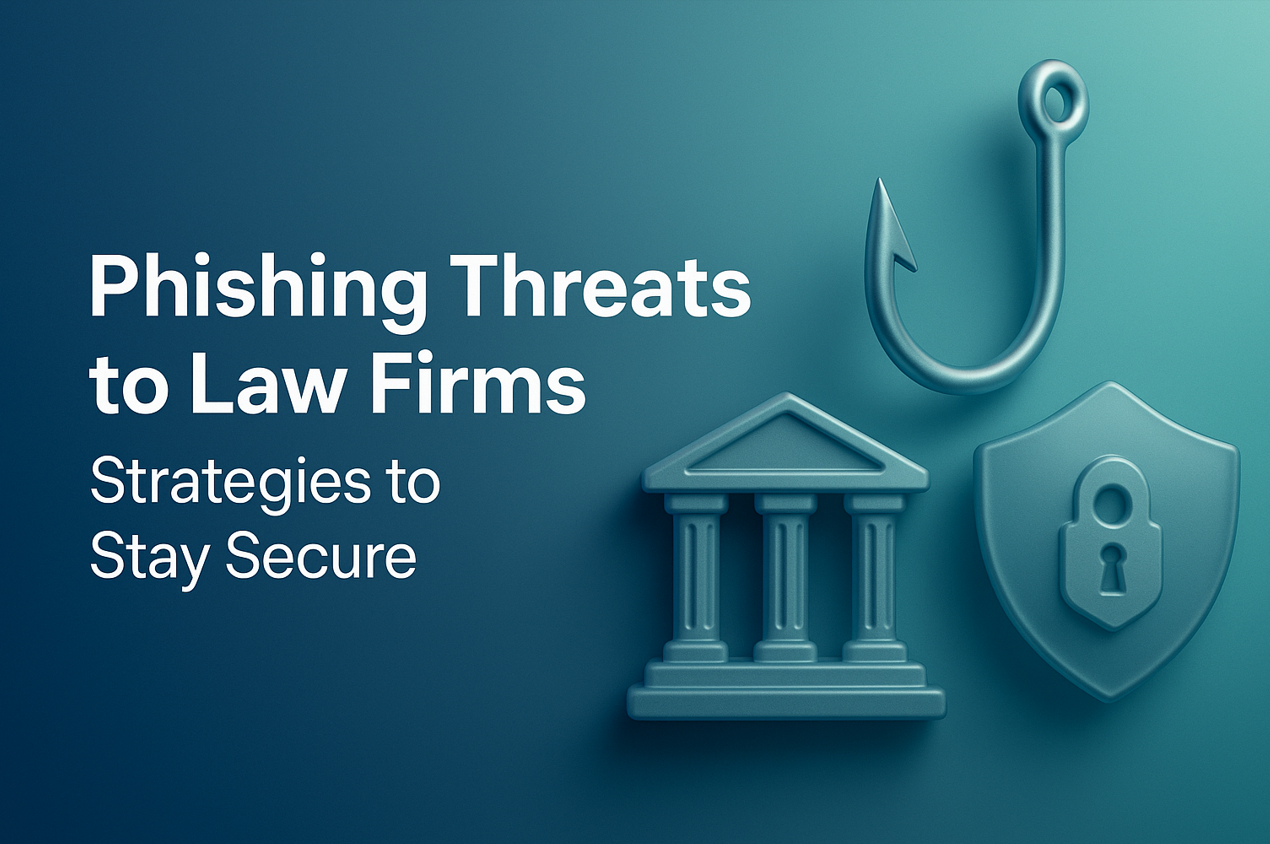

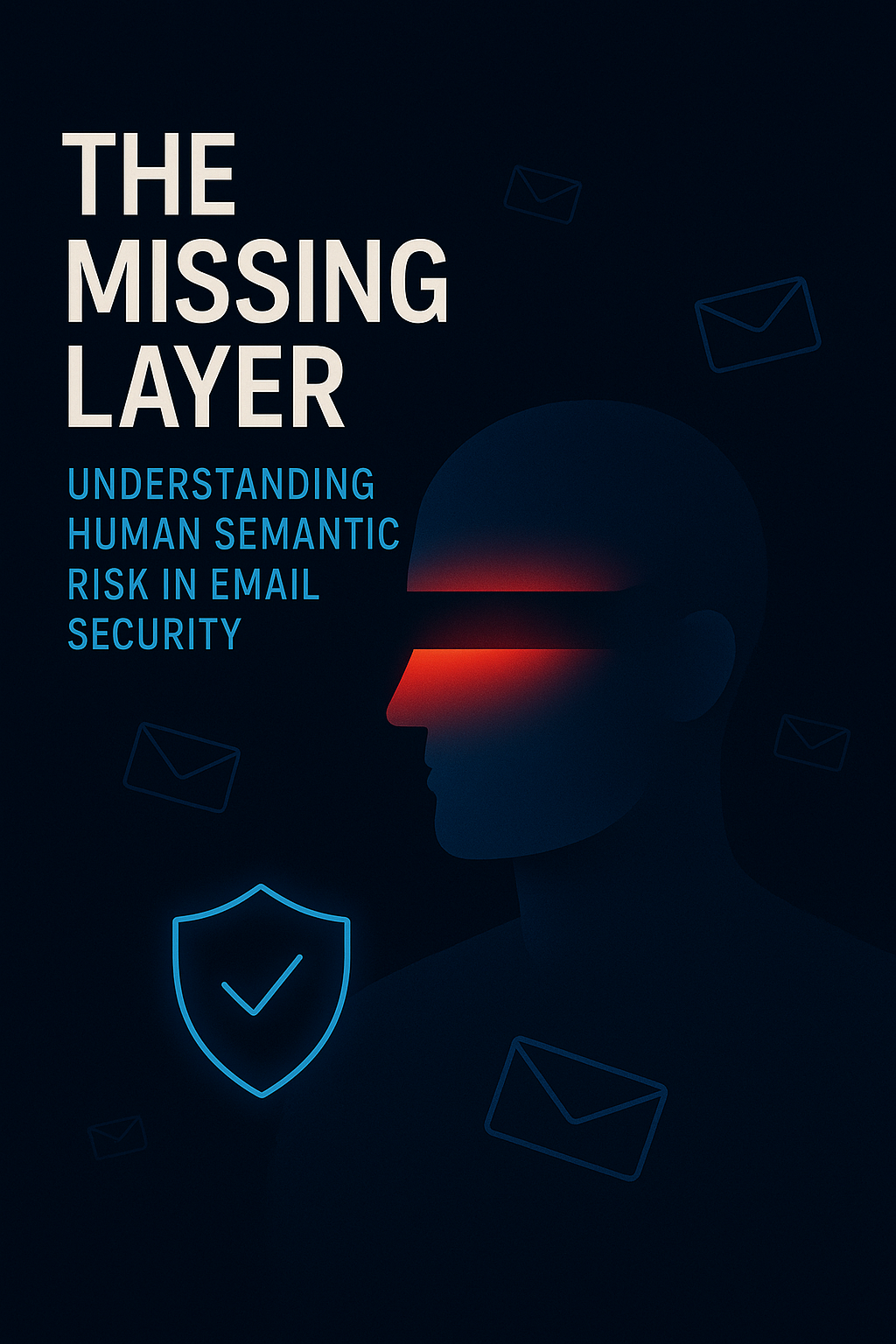
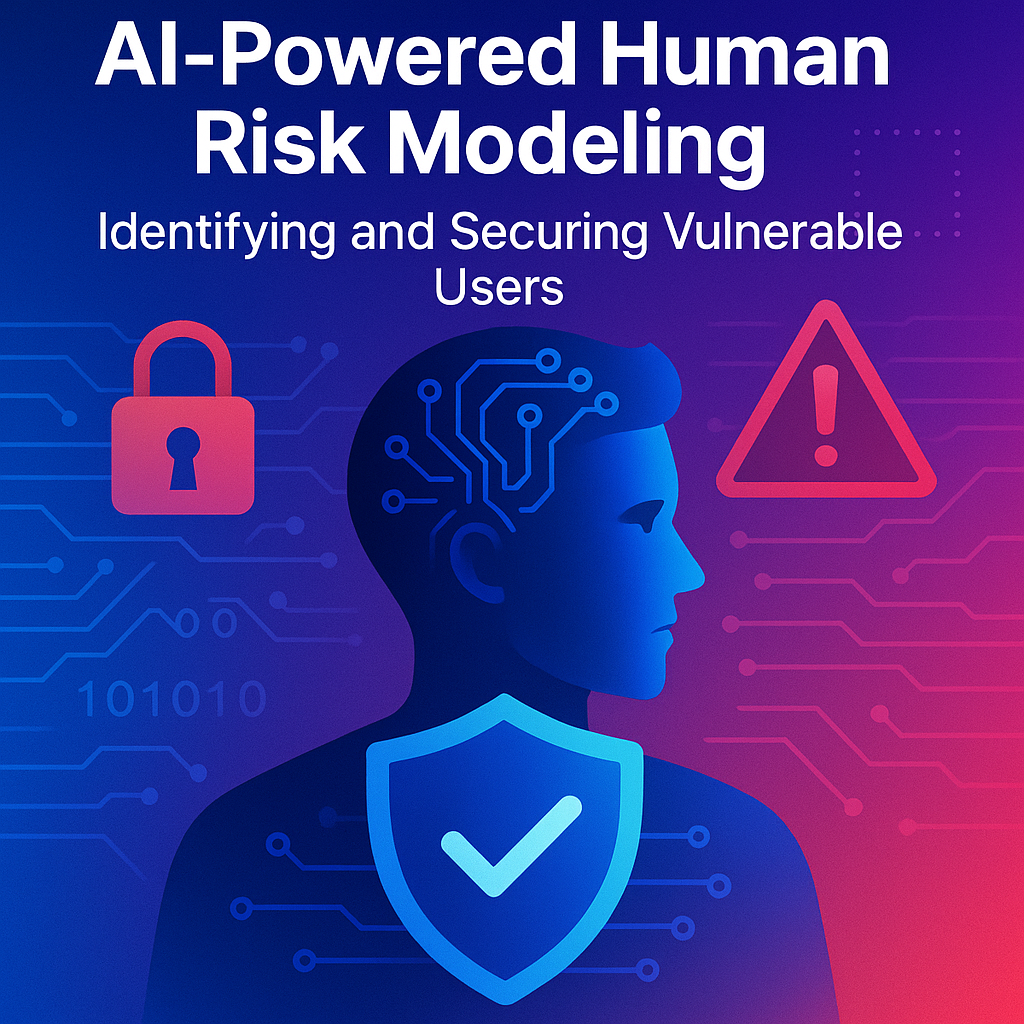




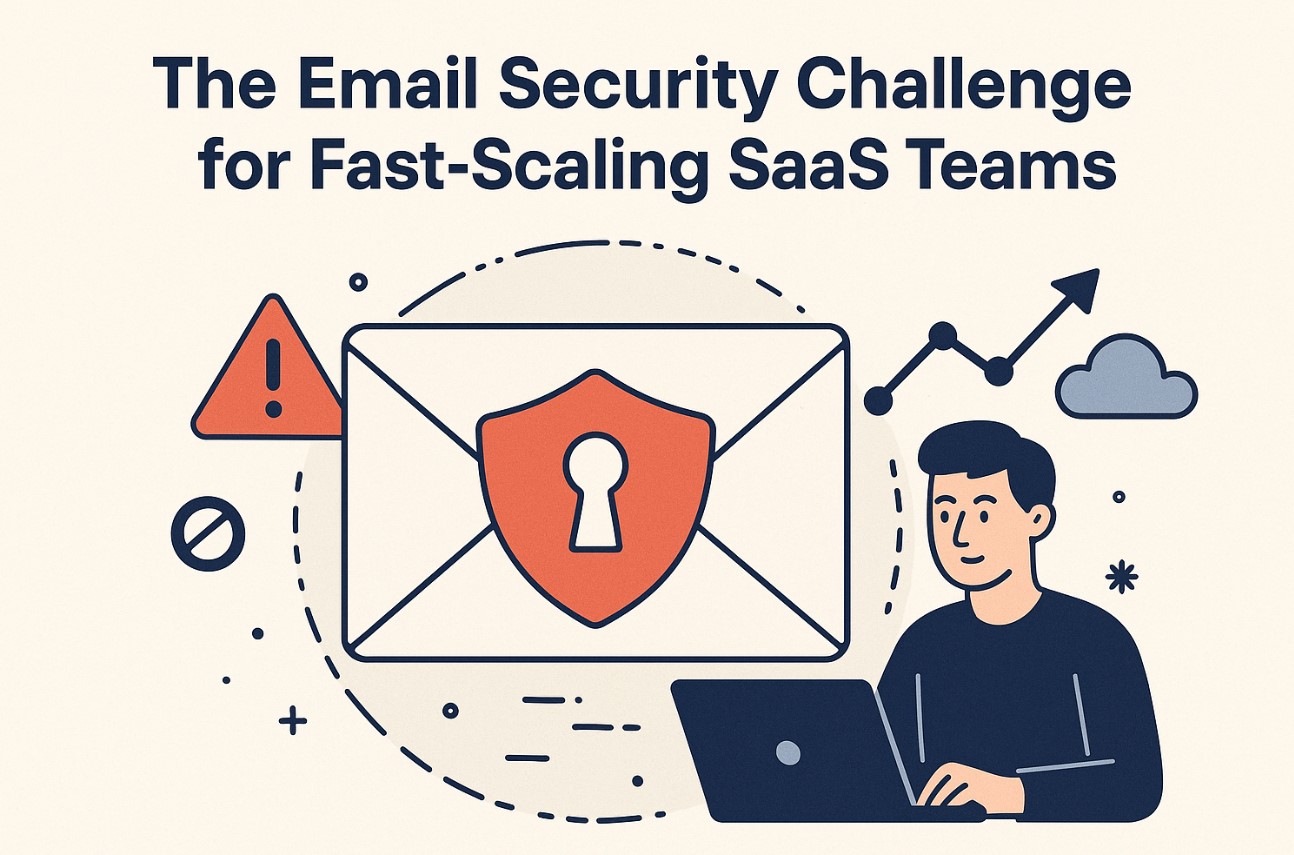
.png)
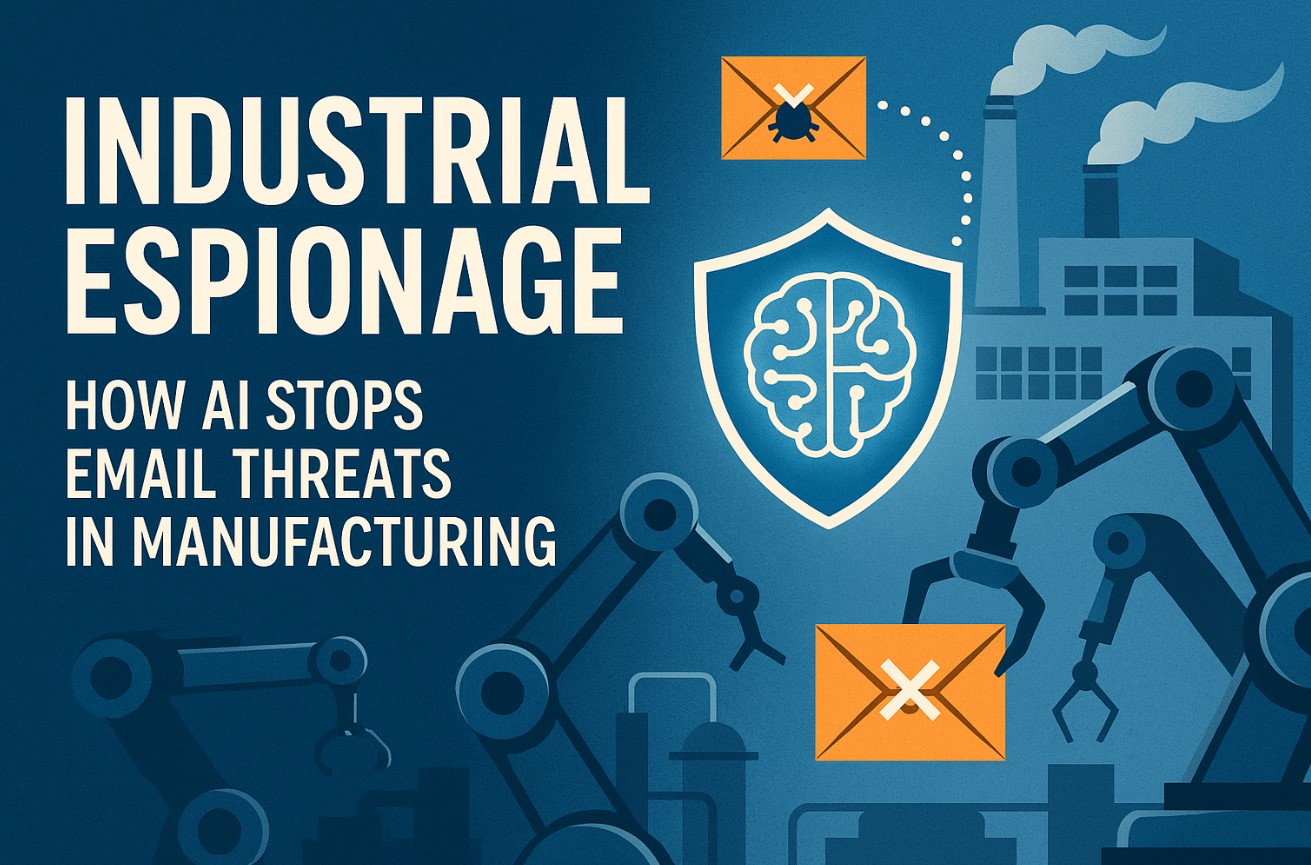

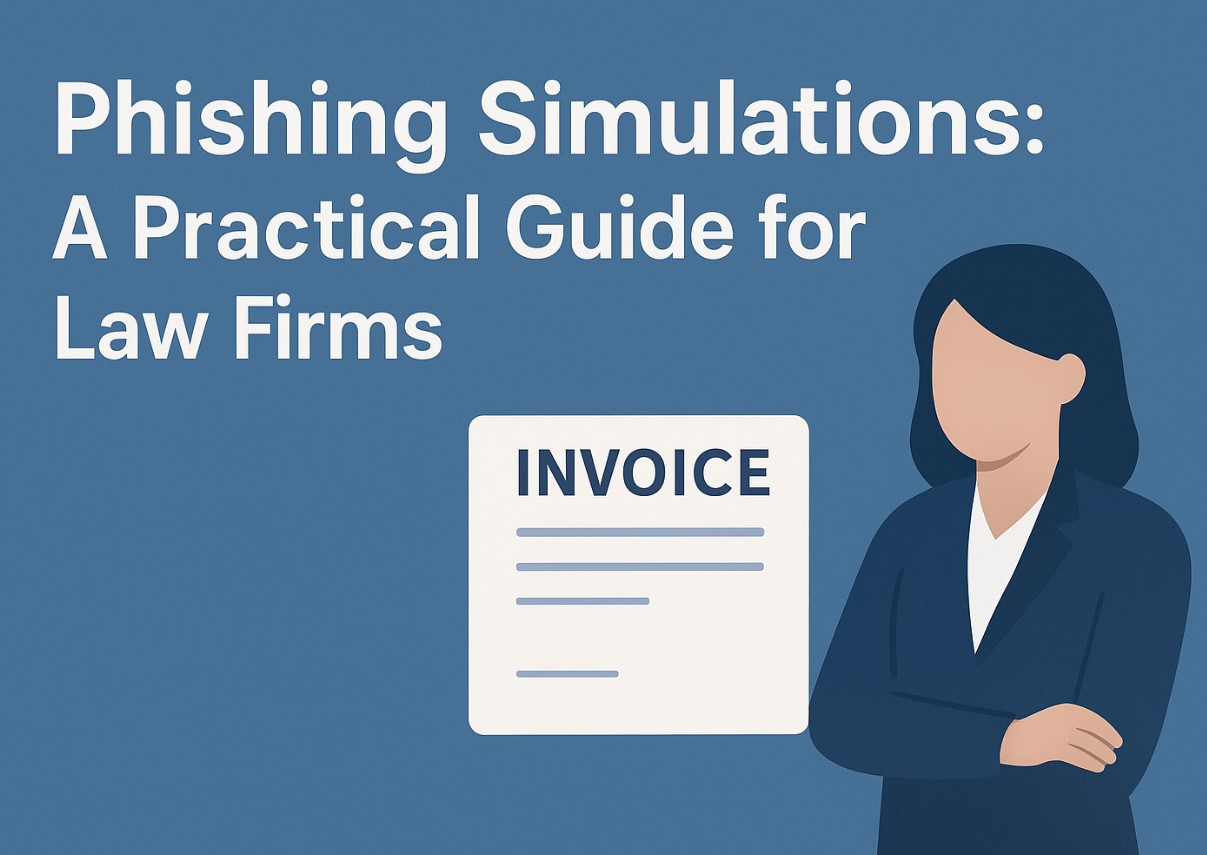


.png)
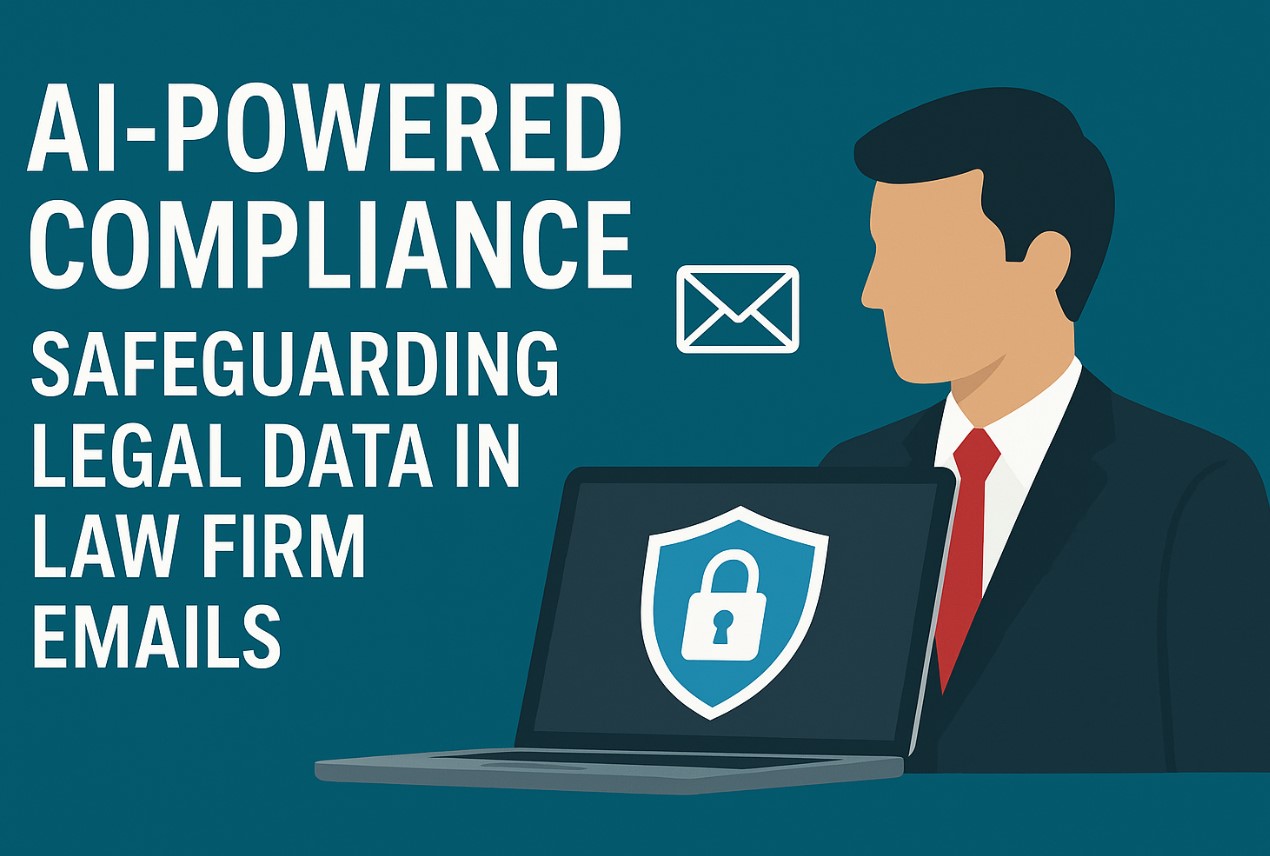
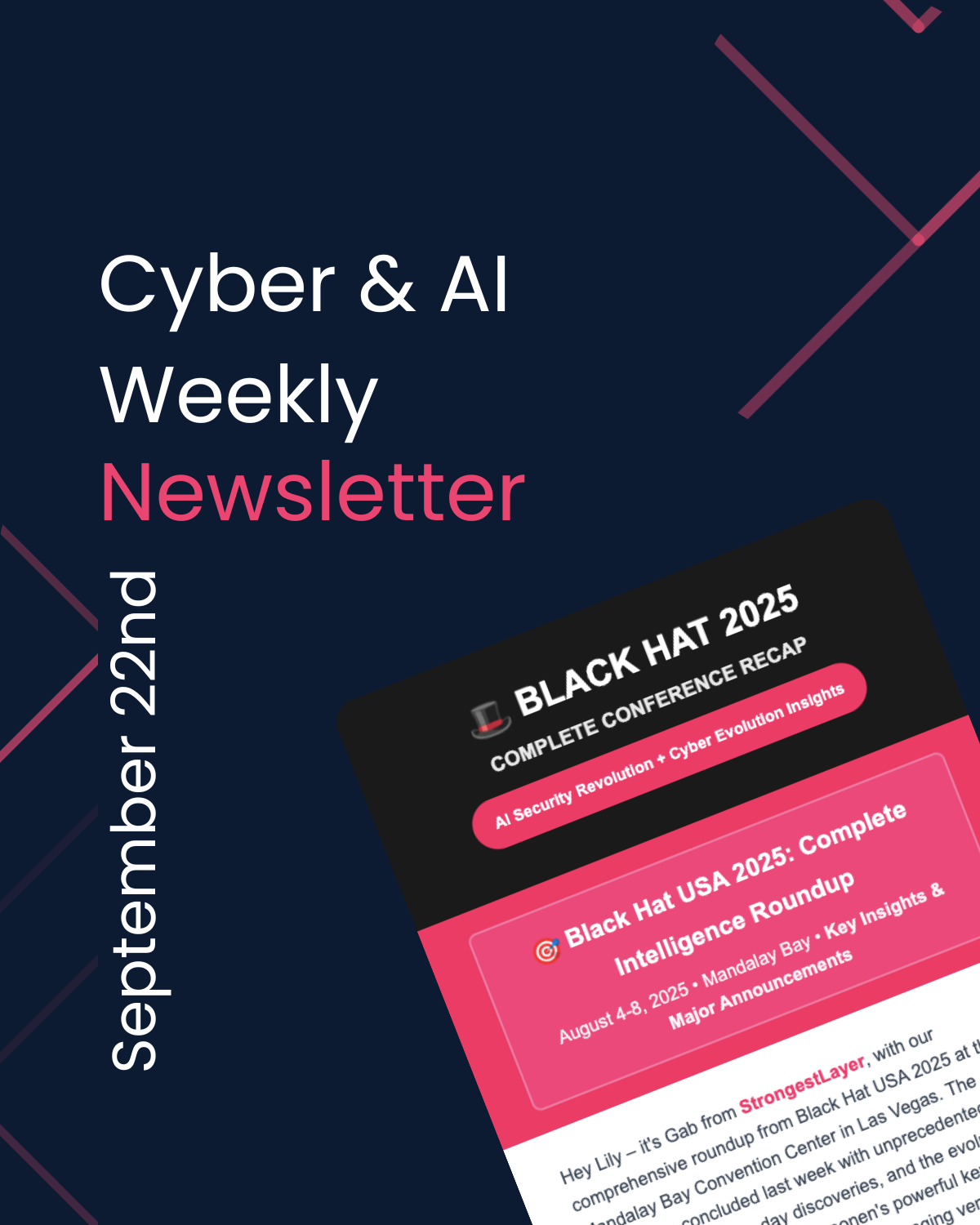
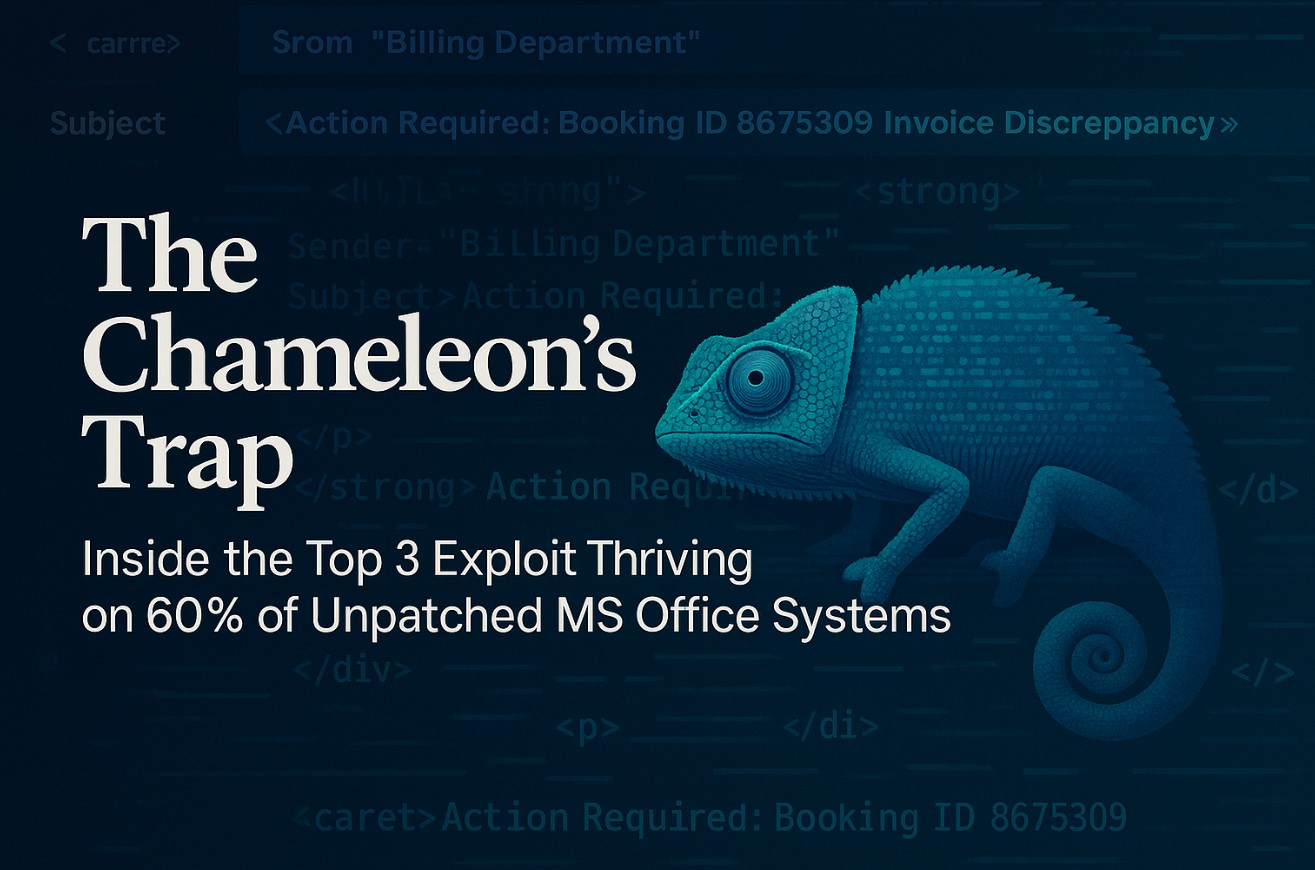

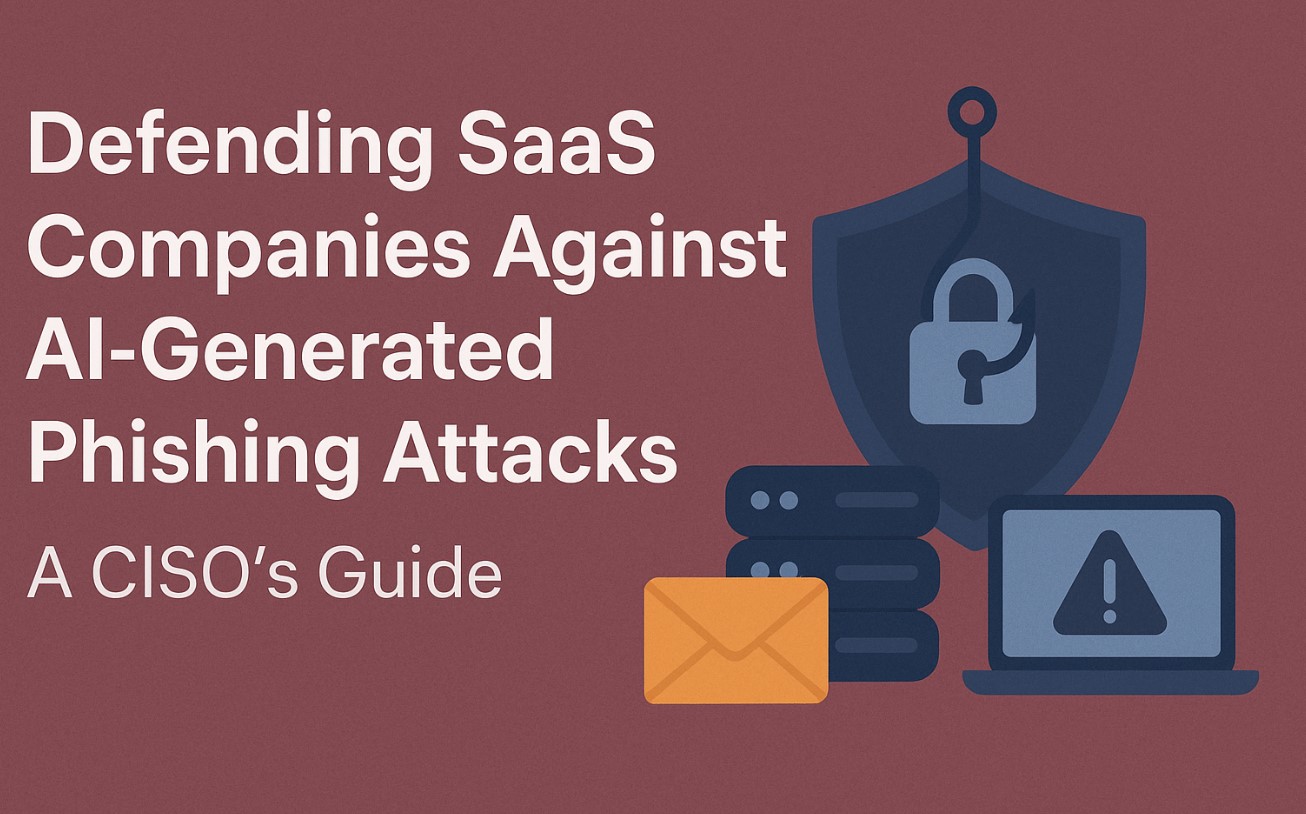


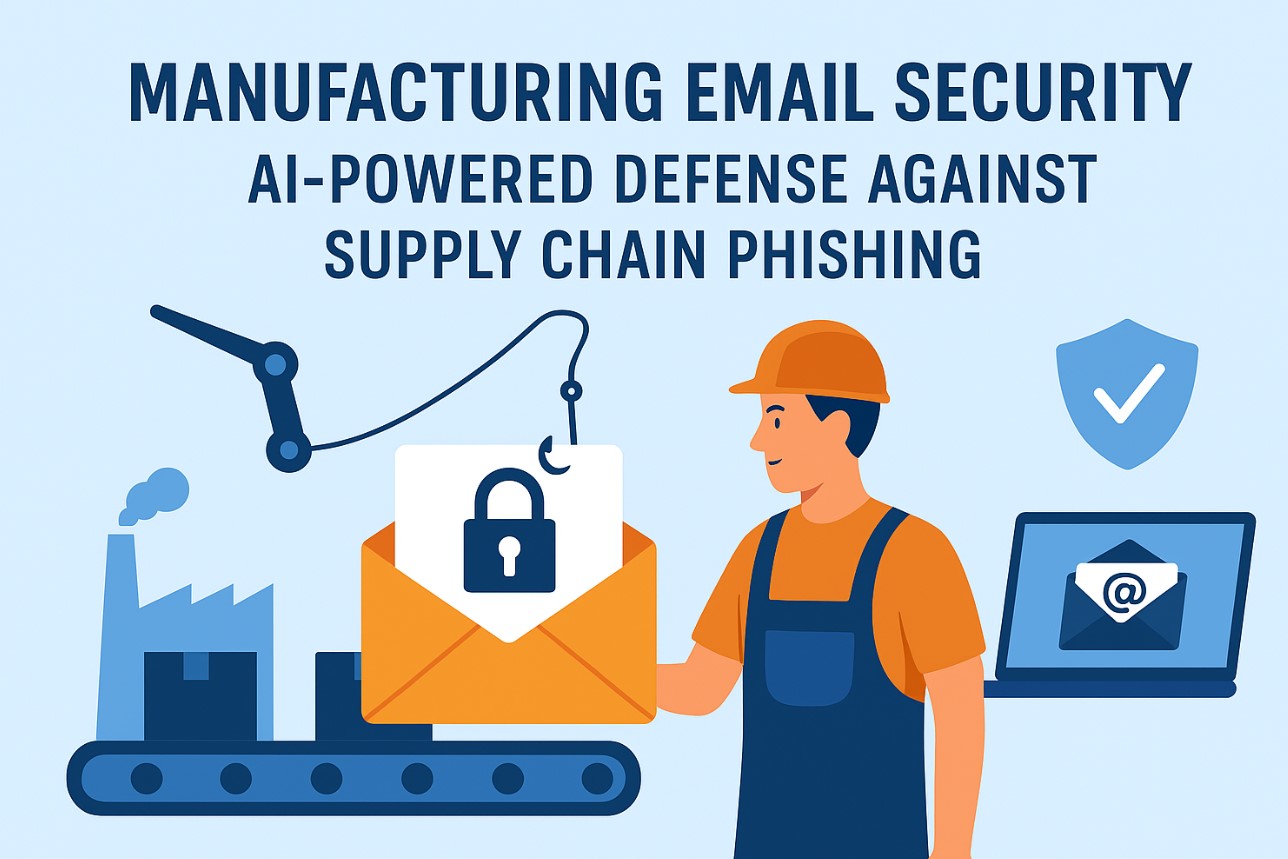
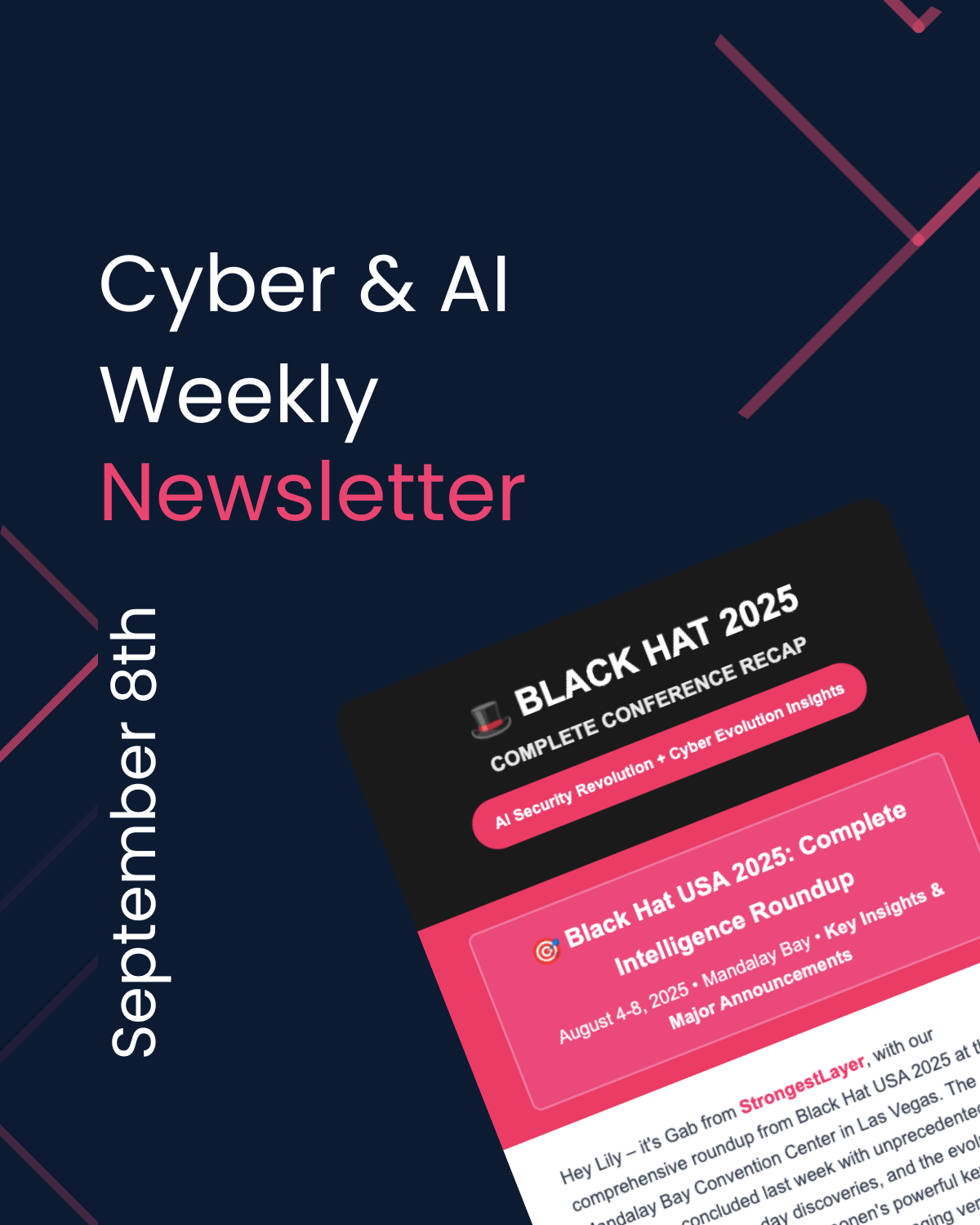
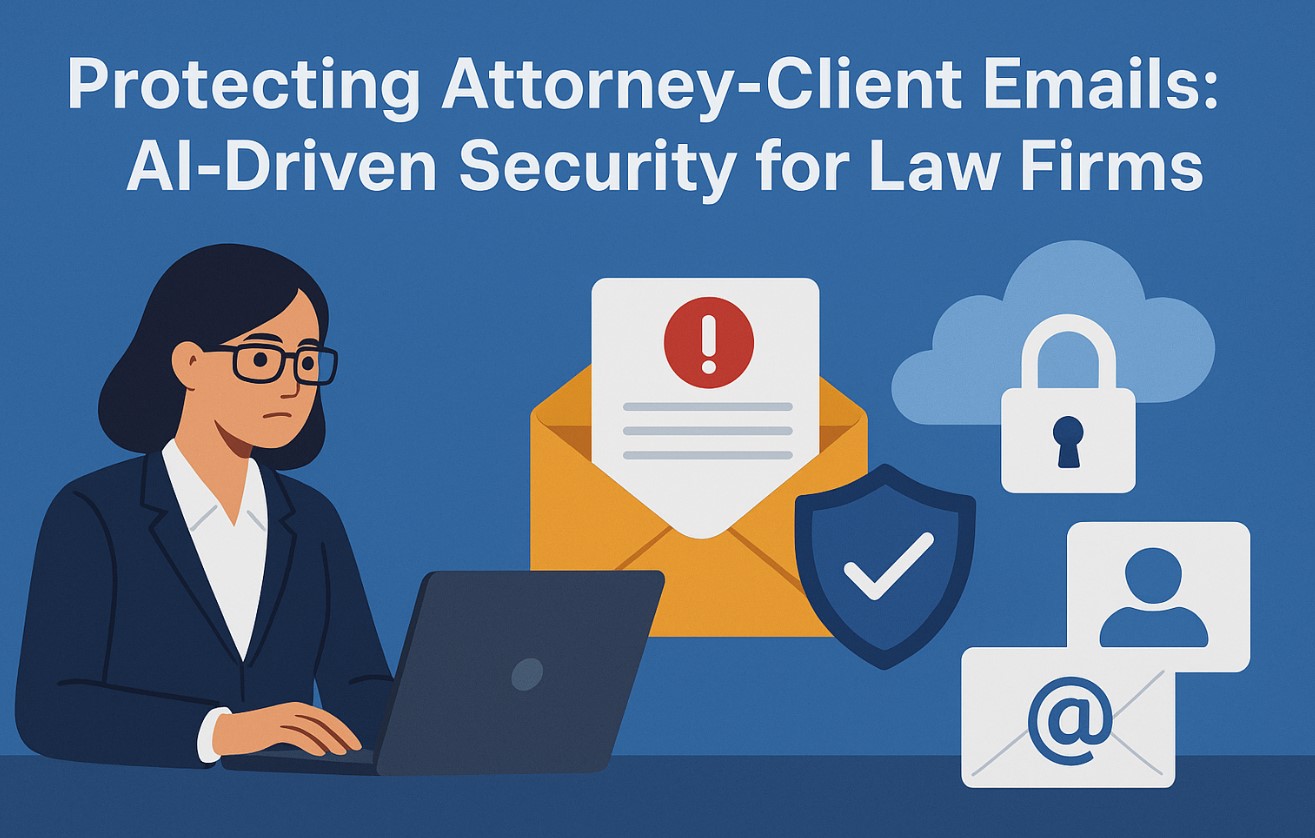

.png)

.png)
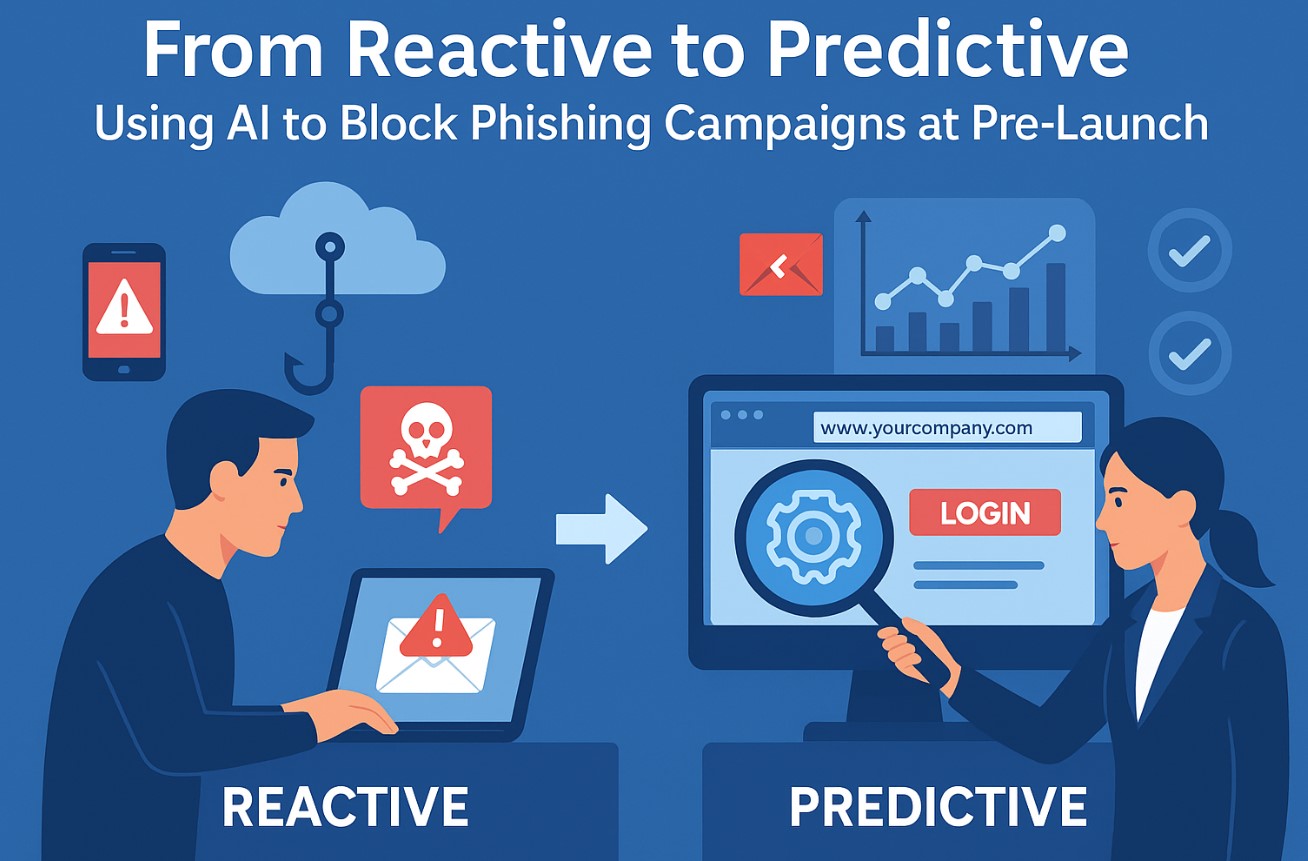


.png)
.jpg)
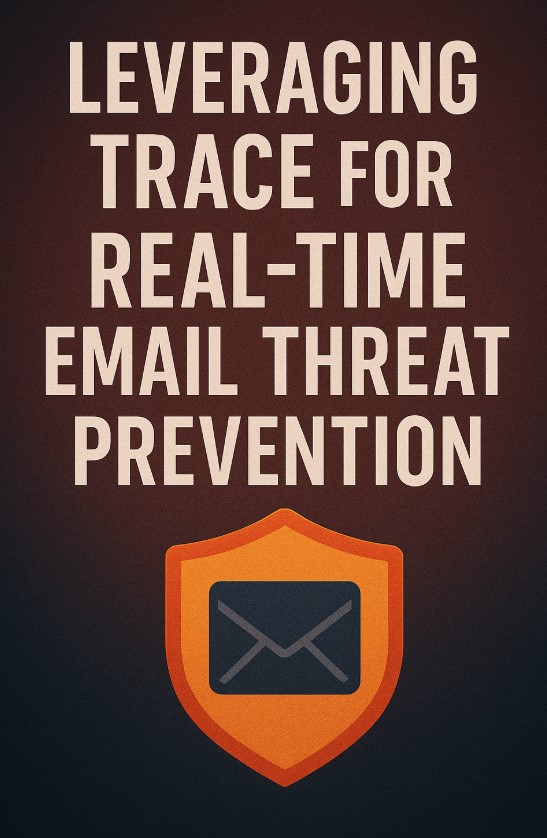
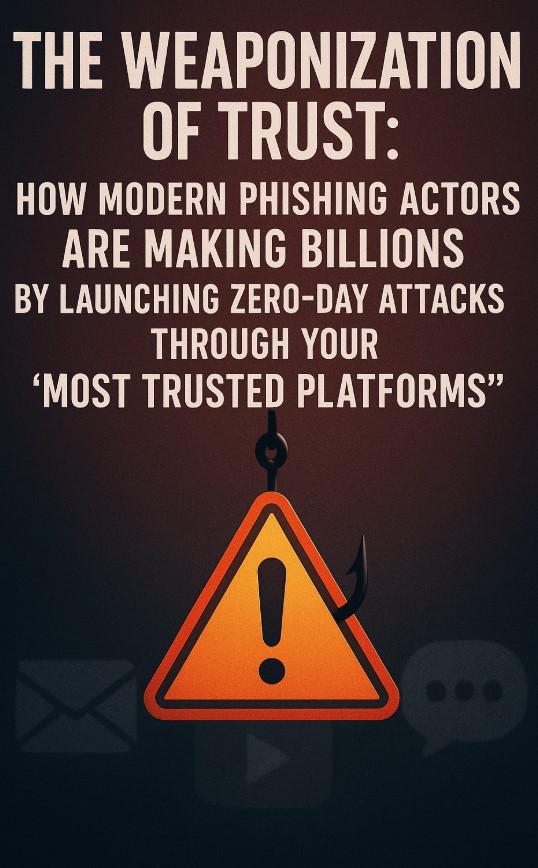
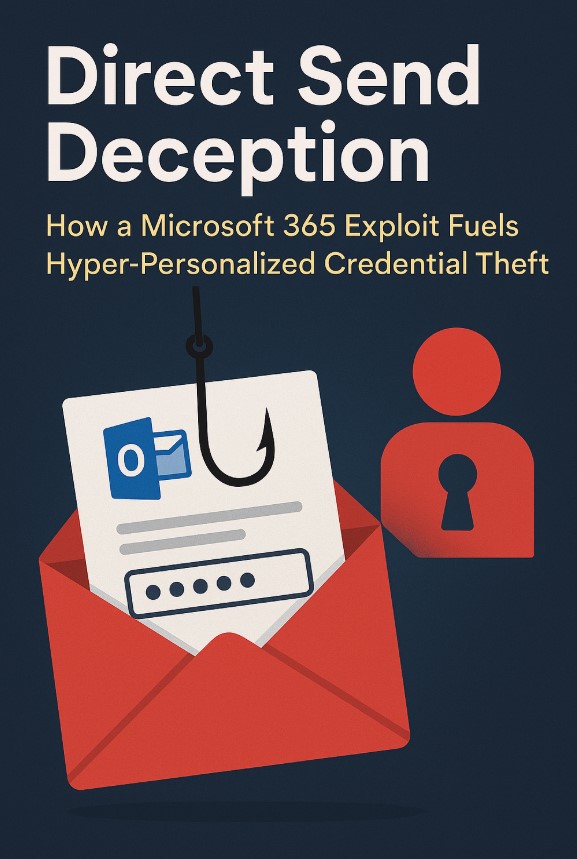
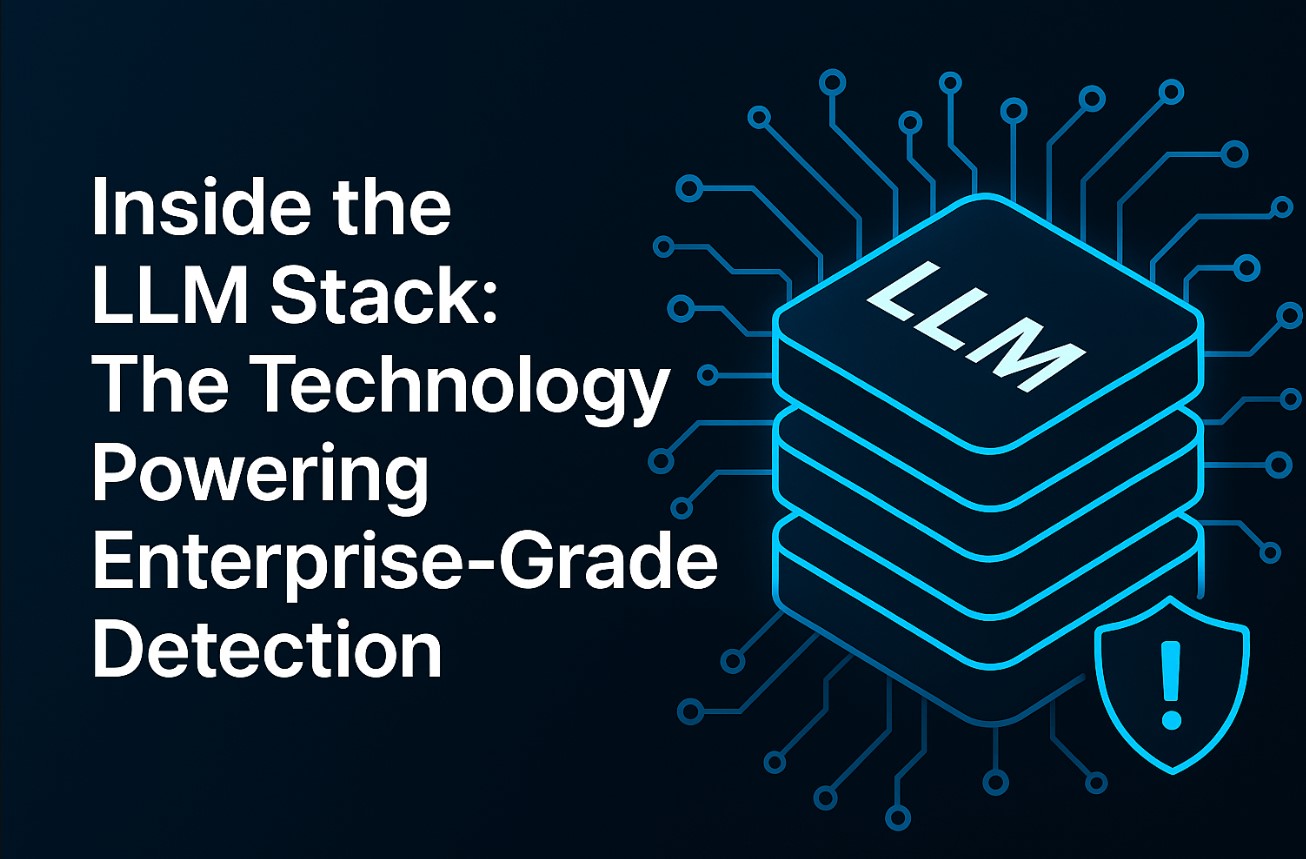
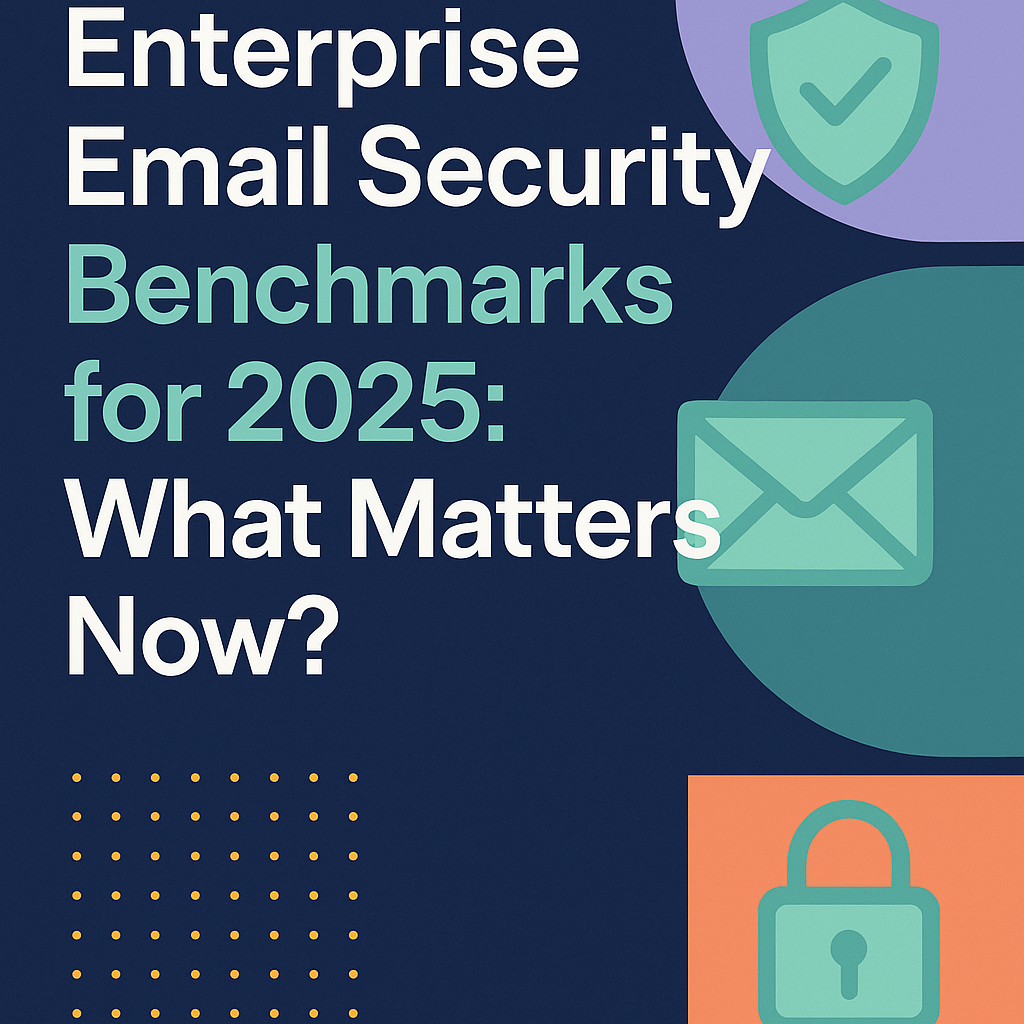
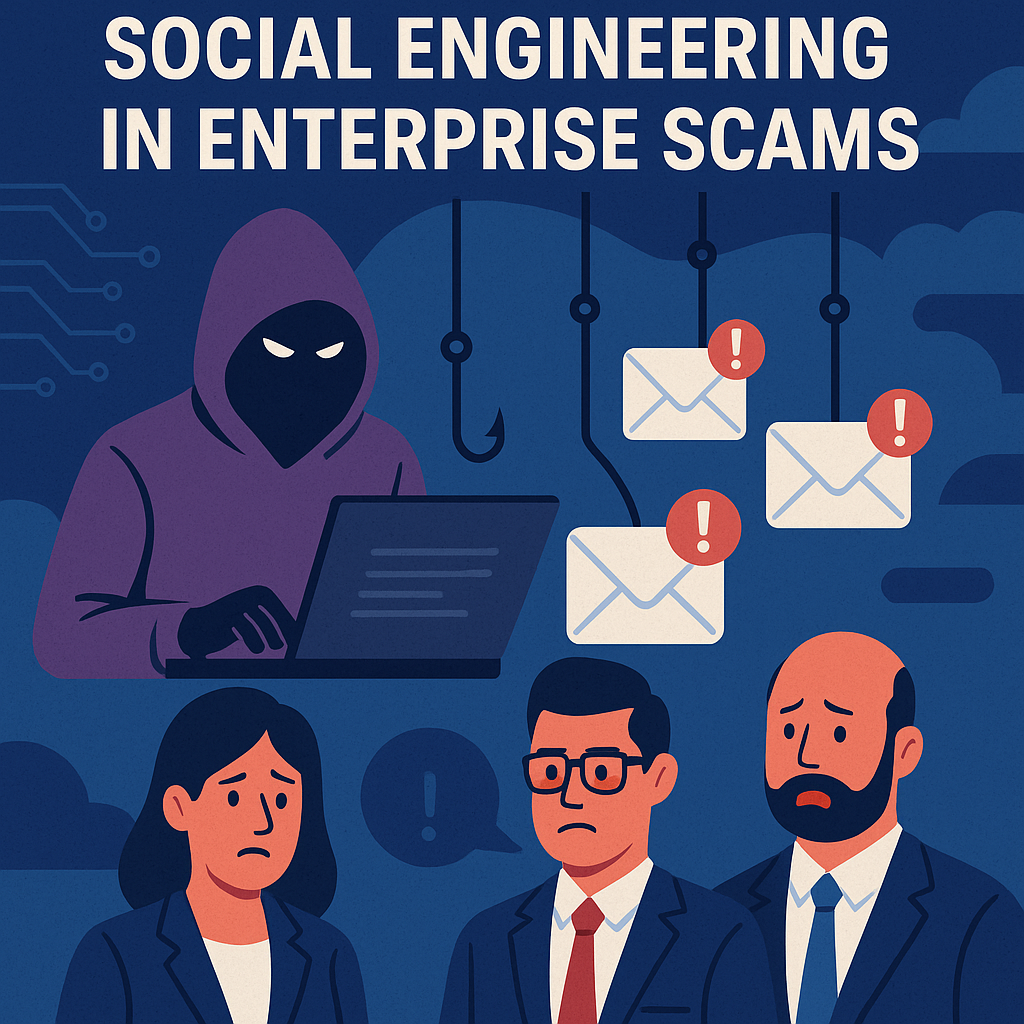
.png)







.png)































%20Attacks%20in%202025.jpg)









